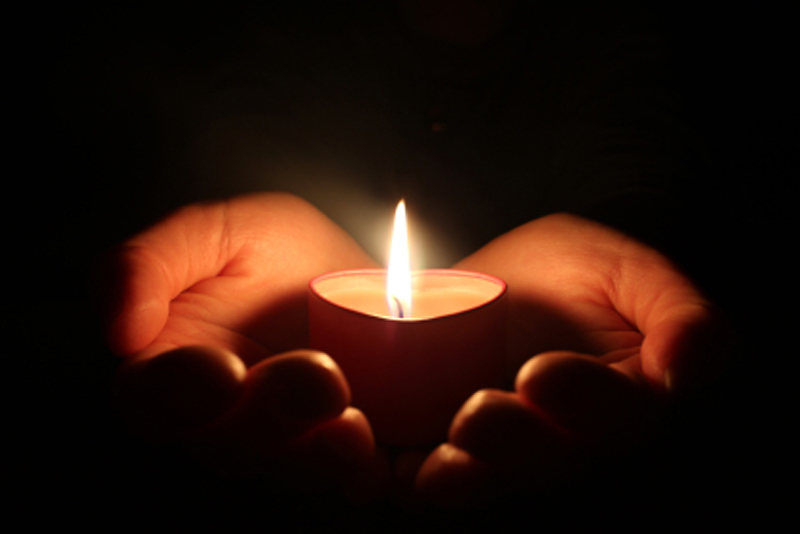Schubert's Arpeggione Sonata D.821

Schubert's Arpeggione Sonata in A Minor, D. 821, was composed in 1824. Vincent Schuster, who is thought to have commissioned the work from Schubert, was a virtuoso of the arpeggione, which had been invented only in 1823, but its use quickly died out and by the time the sonata was published in 1871 the instrument for which it had been written was extinct.
The Arpeggione Sonata is in three movements, Allegro Moderato, Adagio and Allegretto but as the second and third movements are linked together through the music in a similar manner to Liszt's much later Piano Sonata in B Minor, the work is usually played through in one go. It only lasts about 20 minutes so this is not a hardship to most audiences!The arpeggione was a strange instrument which looked something like a cello, but which had five strings. These were in a shallower formation than the four strings of the more familiar violin, viola, cello and double bass seen in the string orchestra, and the instrument was therefore difficult to play. Reproductions have been made, and an extract of a performance can be seen on Youtube with a reconstructed arpeggione and fortepiano, though sadly the film is incomplete. It is however a most interesting performance, and it can be viewed here. I so love the growly sound of that fortepiano but it is a pity we don't get a close-up of the string formation so that we can see the difference in appearance of an arpeggione fingerboard and string layout from a normal modern stringed instrument.
Nowadays the Arpeggione sonata is usually played on a cello and is viewed with respect by most performers because of its difficulty on that instrument. The player has to be able to use very difficult fingering positionings high up on the fingerboard and the music swings from the singing melodies of the slow movement to the dramatic virtuosic writing in the first and third movements. It's a wonderfully beautiful piece to listen to and no matter how many times you listen to it it's always different.
As to performances, there aren't actually that many around compared to some of the other major Schubert works of the 1820s. There's another very interesting film, also on Youtube, by the schoolboy prodigy Oliver Aldort, which I do recommend listening to. There are major faults in the filming but it's an extremely interesting and perfectly valid performance by a gifted child of twelve years old. For a really great performance though, I recommend hopping over to Amazon and buying a copy of theBritten and Rostropovich Arpeggione Sonata, Schumann and Debussy disk which has a superb recording of the sonata on it that you will listen to again and again.

Related Articles
Editor's Picks Articles
Top Ten Articles
Previous Features
Site Map
Content copyright © 2023 by Gillian Buchanan. All rights reserved.
This content was written by Gillian Buchanan. If you wish to use this content in any manner, you need written permission. Contact Gillian Buchanan for details.



